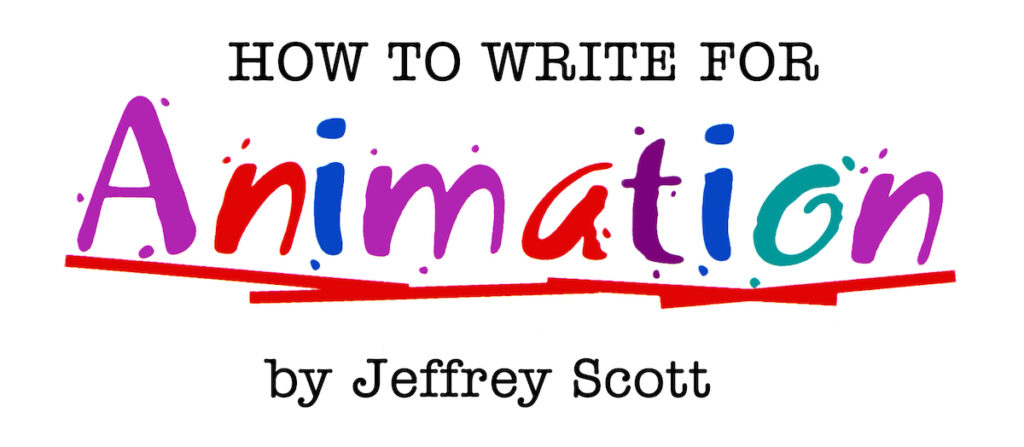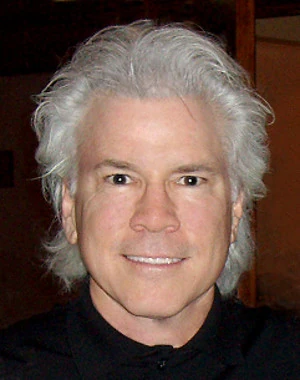
This is going to be my shortest post yet. But probably the most important.
One of the most vital things that any artist must learn is the ability to assume the point of view of their audience. This is true for music, painting, acting, and any other form of art. The ability to see and hear from the audience’s point of view allows the artist to ensure that their communication is being received by the viewer. If you can’t hear or see from your audience’s viewpoint you’ll never be sure that what you’re trying to convey is really being conveyed.
The better you know your audience the better you’ll be able to communicate to them. Don’t just write a scene and assume your audience will get it. Although it will become second nature once you get good at this, at first it will help to break it down into a technique.
The first thing is to determine who your audience is. Are they adults? Teens? Preschoolers? Get an idea in your mind of whoever it is and imagine them watching your scene and listening to the dialogue. Will they know the definitions of the words you’ve used? Will they understand any historical or cultural references you’ve used? This is especially important with humor. In order to find something funny your audience must understand the context. The more obscure the concepts you use, the more likely your audience won’t understand what you write. “Keep it Simple” is a key element of communicating to a broad audience.
If you really know your viewer or reader, when you imagine them seeing your action or hearing your dialogue you can actually feel if they understand it. This takes practice to get good at. But simply knowing that it’s important to see from your audience’s point of view will put you on the road to becoming a better writer.
©Jeffrey Scott, All Rights Reserved
Jeffrey Scott has written over 700 animated and live-action TV and film scripts for Sony, Warner Bros., Disney, Marvel, Universal, Paramount, Columbia, Big Animation, Hanna-Barbera and others. His writing has been honored with three Emmys and the Humanitas Prize. He is author of the acclaimed book, How to Write for Animation. To work with Jeffrey visit his website at www.JeffreyScott.tv.
Read other articles from this series:
#1 The difference between live-action and animation writing
#3 It all begins with a premise
#4 The secret to developing your story
#5 Finding the scenes that MUST be there
#7 How to easily transform your outline into script
#8 A brief introduction to script writing
#9 How long should your scenes be?
#10 How to (and NOT to) edit your writing


